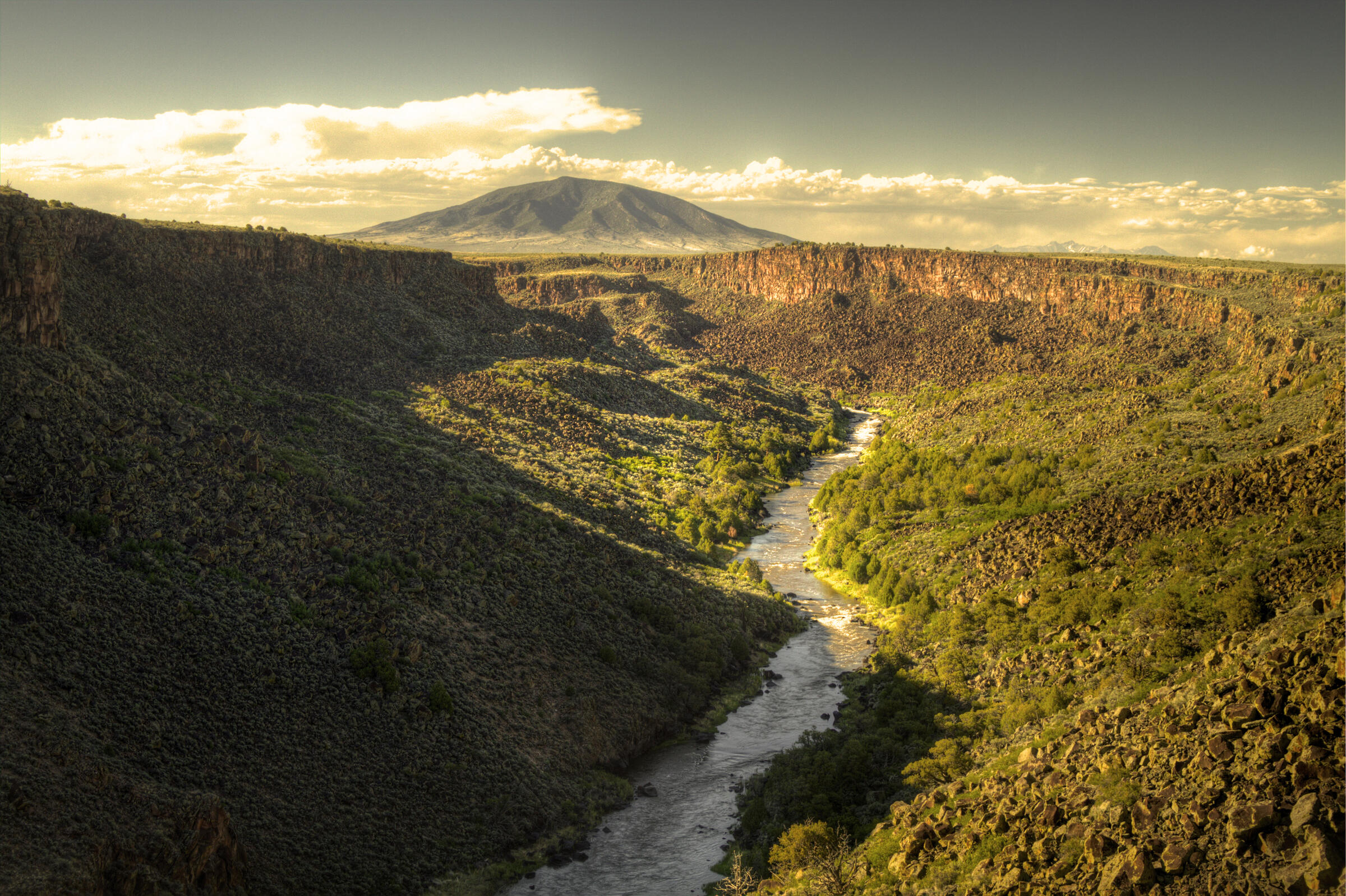The Rio Grande Gorge, one of Audubon’s Important Bird Areas (IBAs) in New Mexico, is part of a larger effort in northern New Mexico to preserve a great American ecosystem and one of the great migratory routes in the world, offering nesting places to falcons, eagles and hawks.
New Mexicans, including Auduboners, have been rallying to protect critical habitat in the northern part of the state, and it looks like all those efforts may finally come to fruition. On March 29th, the House Natural Resource’s Subcommittee on National Parks, Forests and Public Lands held a hearing on legislation introduced by Representative Ben Ray Lujan and co-sponsored by Representative Martin Heinrich to preserve approximately 236,000 acres of public land in northern New Mexico. The bill, H.R. 1241, Rio Grande del Norte National Conservation Area Establishment Act, is a companion measure to legislation introduced last year by Senators Jeff Bingaman and Tom Udall that received bipartisan support in the Senate’s Energy and Natural Resources Committee and is now ready to be considered by the full Senate.
The Rio Grande del Norte National Conservation Area (NCA) will include important natural areas such as the Rio San Antonio Wilderness and the Cerro del Yuta Wilderness, including Ute Mountain, as well as other public lands between Taos and Rio Arriba counties and Carson National Forest.
It is home to large elk and antelope herds, providing key wintering grounds, and nationally-significant eagle and falcon nesting areas on the canyon walls. In the canyon bottom, the river provides a world class trout fishery and a wild home for otter and beaver. Mountain lions, bighorn sheep, bobcats, and bear are all residents and visitors to the area, relying on the migratory corridor between San Antonio Mountain and Ute Mountain. The riparian area along the Río Grande also provides habitat for the federally-listed endangered Southwestern Willow Flycatcher.
The mixed habitats of the Upper Rio Grande Gorge IBA host a great diversity of avian species, including: American Dippers year-round; Bullock’s Orioles in the spring and summer; plentiful Canyon and Rock Wrens; Rufous-crowned, Black-chinned, Black-throated and Brewer’s Sparrows; Piñon Jays and Bushtits all year; and breeding Golden Eagles and Peregrine Falcons. Audubon and Partners in Flight have also identified breeding pairs of Virginia’s Warbler – a neotropical migrant whose breeding range is restricted to the Intermountain West and southern Rocky Mountains – in the area. The legislation not only recognizes the need to protect these areas for their ecological value, but also for their cultural, historic, and economic significance as well. In addition to Sen. Bingaman’s leadership, Rep. Luján and his staff have met extensively with local ranchers, the acequia community, conservationists, and other constituents to ensure that the land and traditional uses are protected and preserved for future generations. Access to the land for grazing and the harvesting of piñon nuts, wild herbs, and firewood will also be protected. The bill limits motorized vehicles to designated roads that can be expanded if necessary to protect the land for preservation and traditional uses. It will protect tribal and traditional economic rights while preserving the region for years to come.
This recent hearing is the first step of many toward moving the bill through the House. It will need approval by both the House and Senate before heading to the President’s desk. This important bill will protect our impressive and irreplaceable landscape, while also attracting more tourists to visit Northern New Mexico. It deserves Audubon’s support statewide. Please help us thank Rep. Lujan and our delegation for their efforts and encourage them to see this effort through to the President’s desk this year!
UPDATE: The Rio Grande del Norte National Monument was proclaimed as a national monument on March 25, 2013 by President Barack Obama under the provisions of the Antiquities Act. It consists of the Rio Grande Gorge and surrounding lands.



